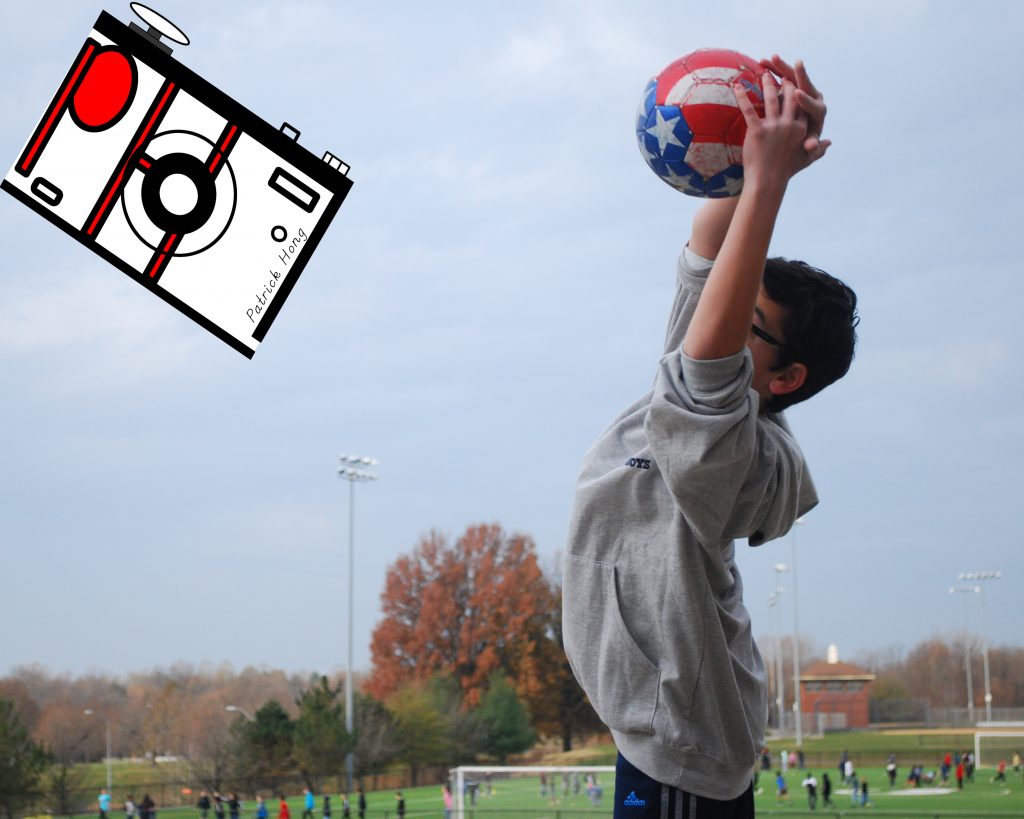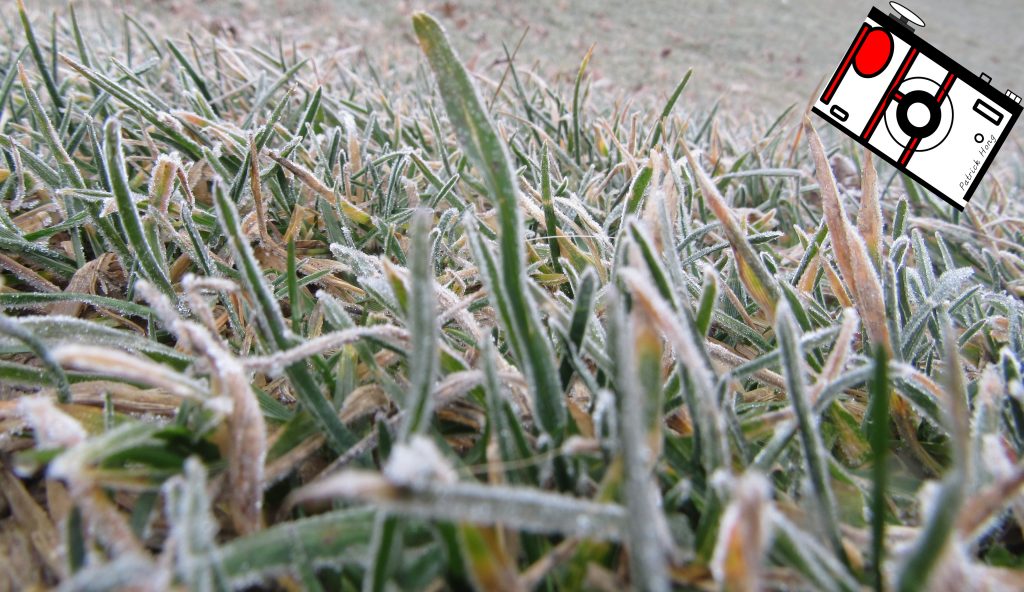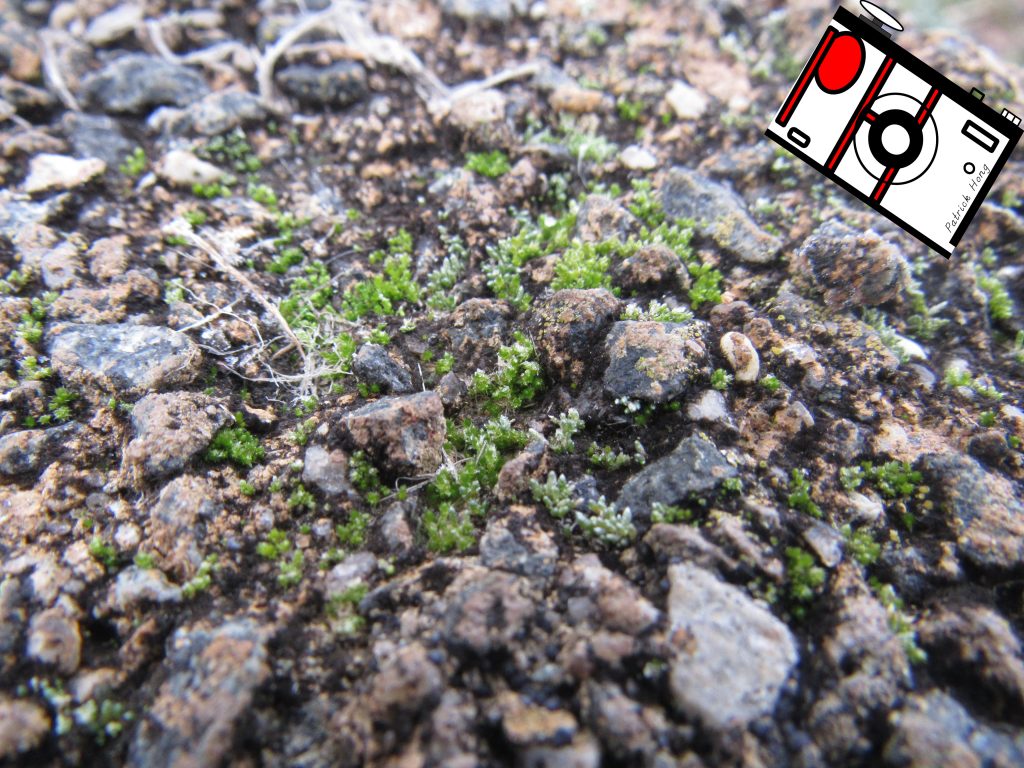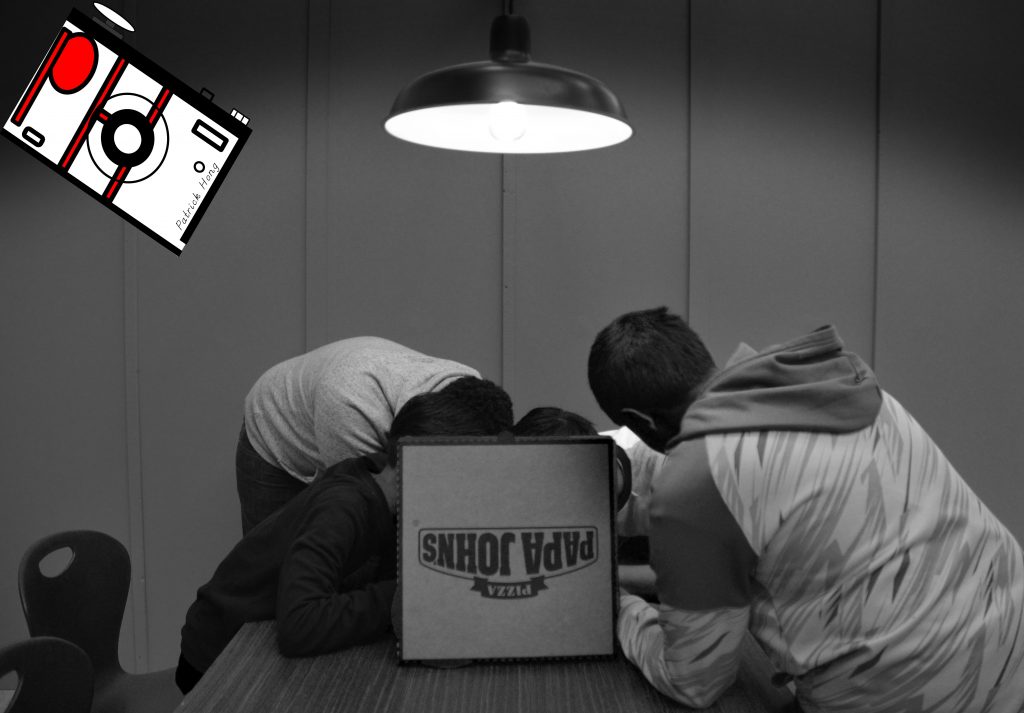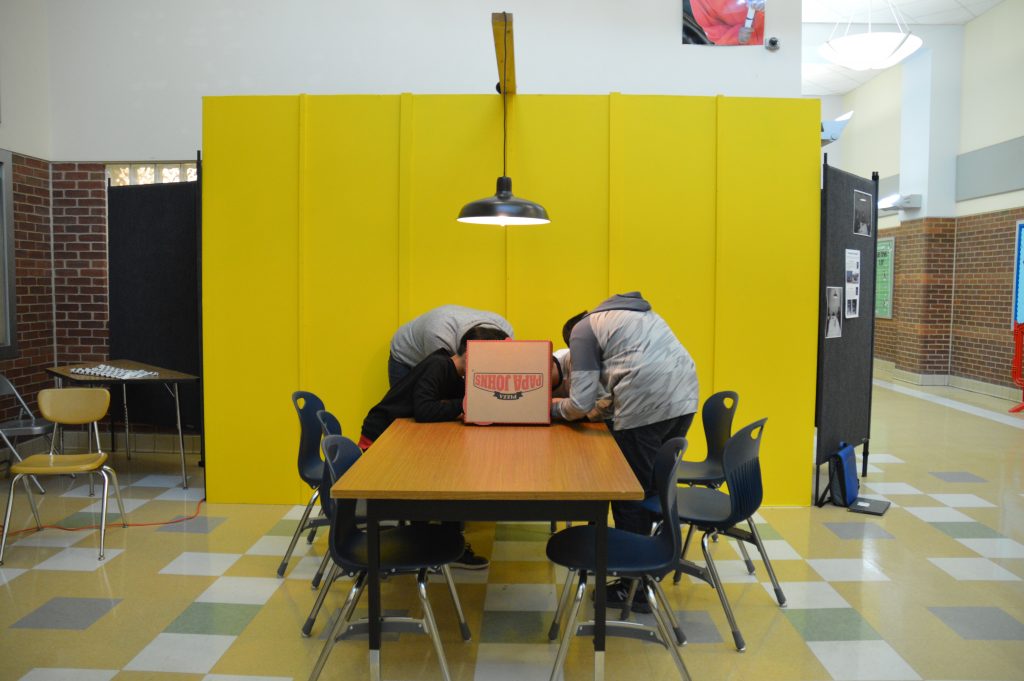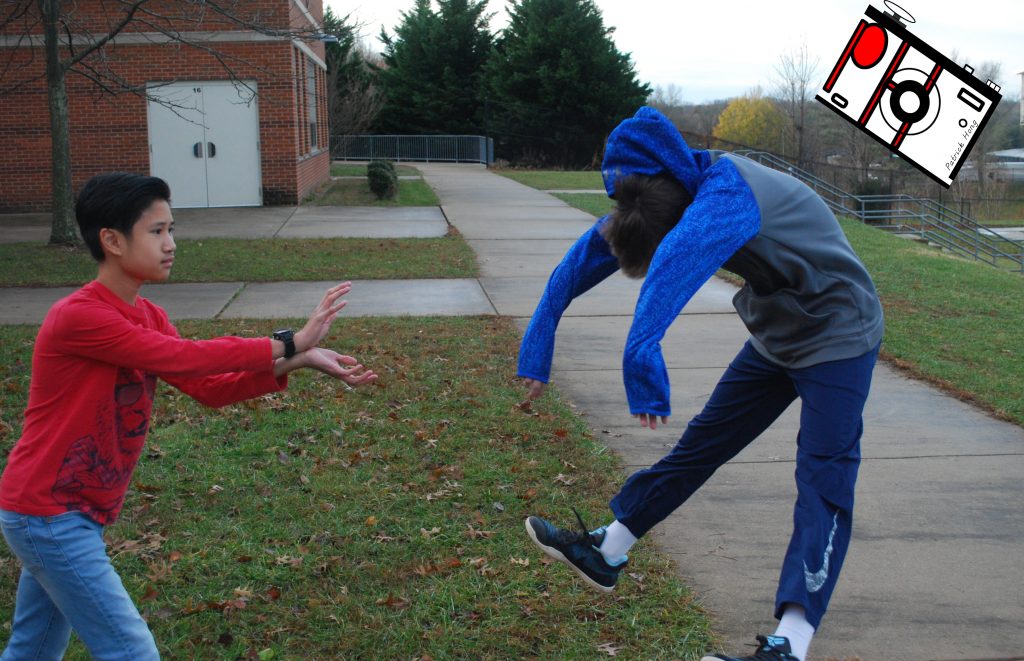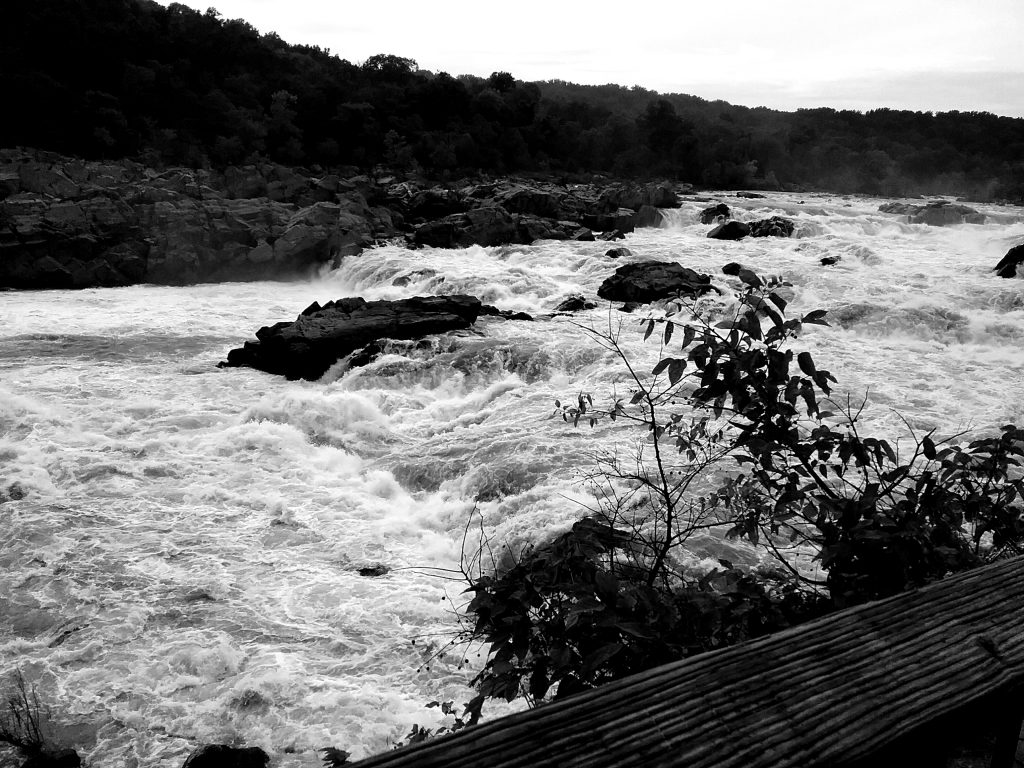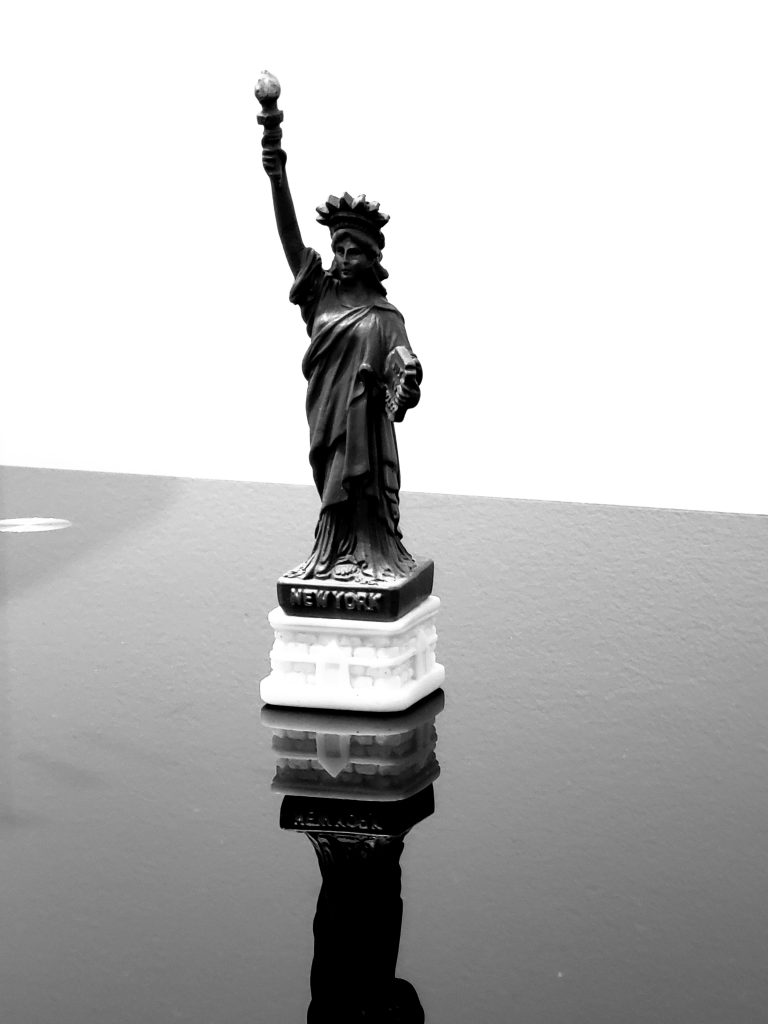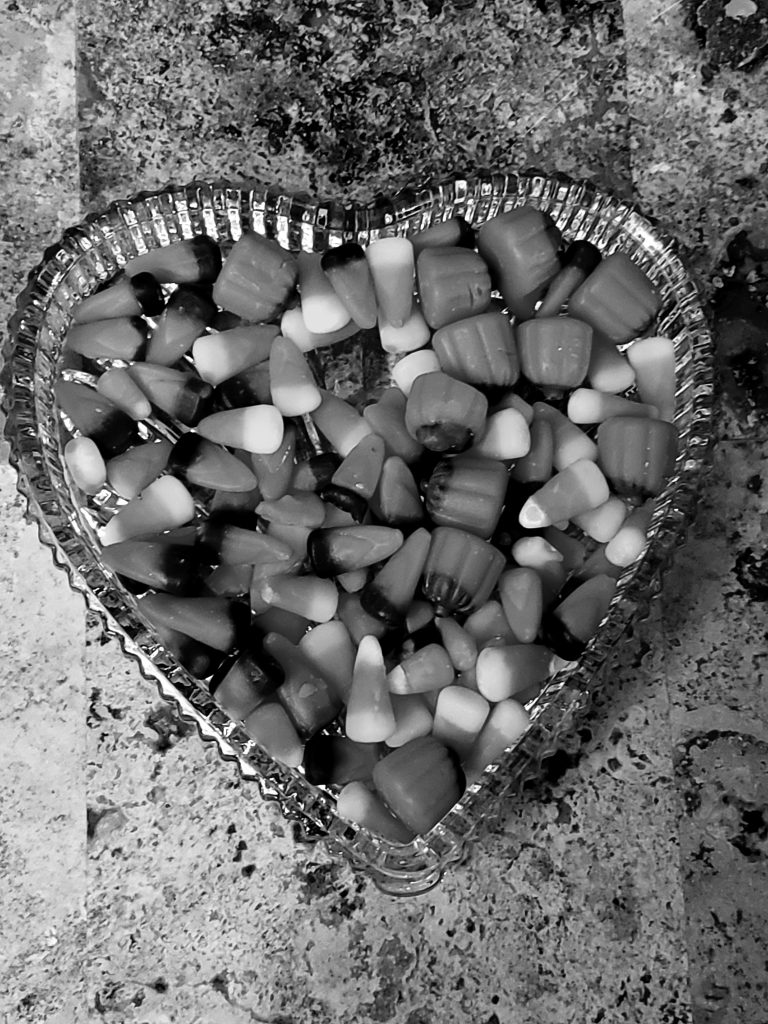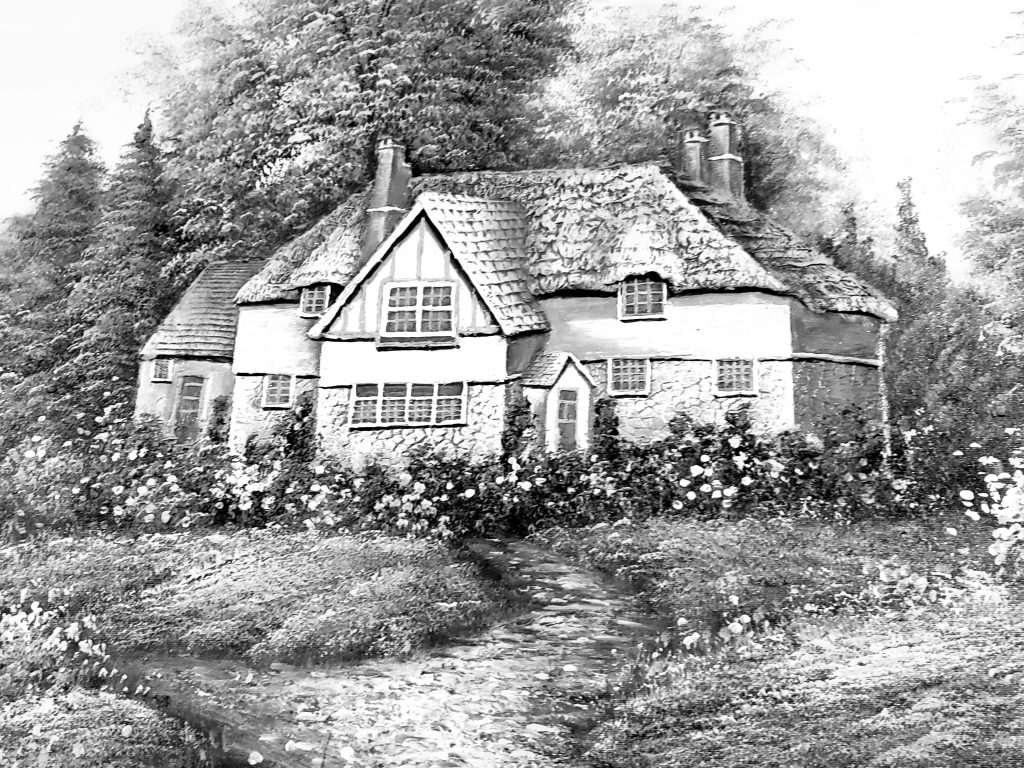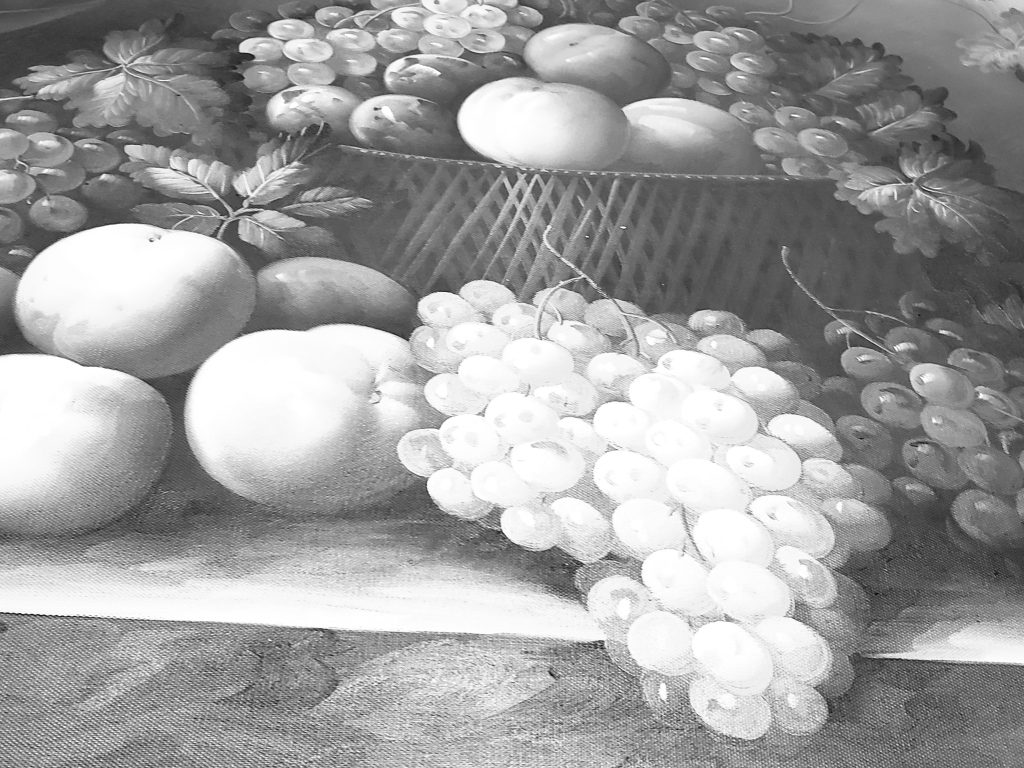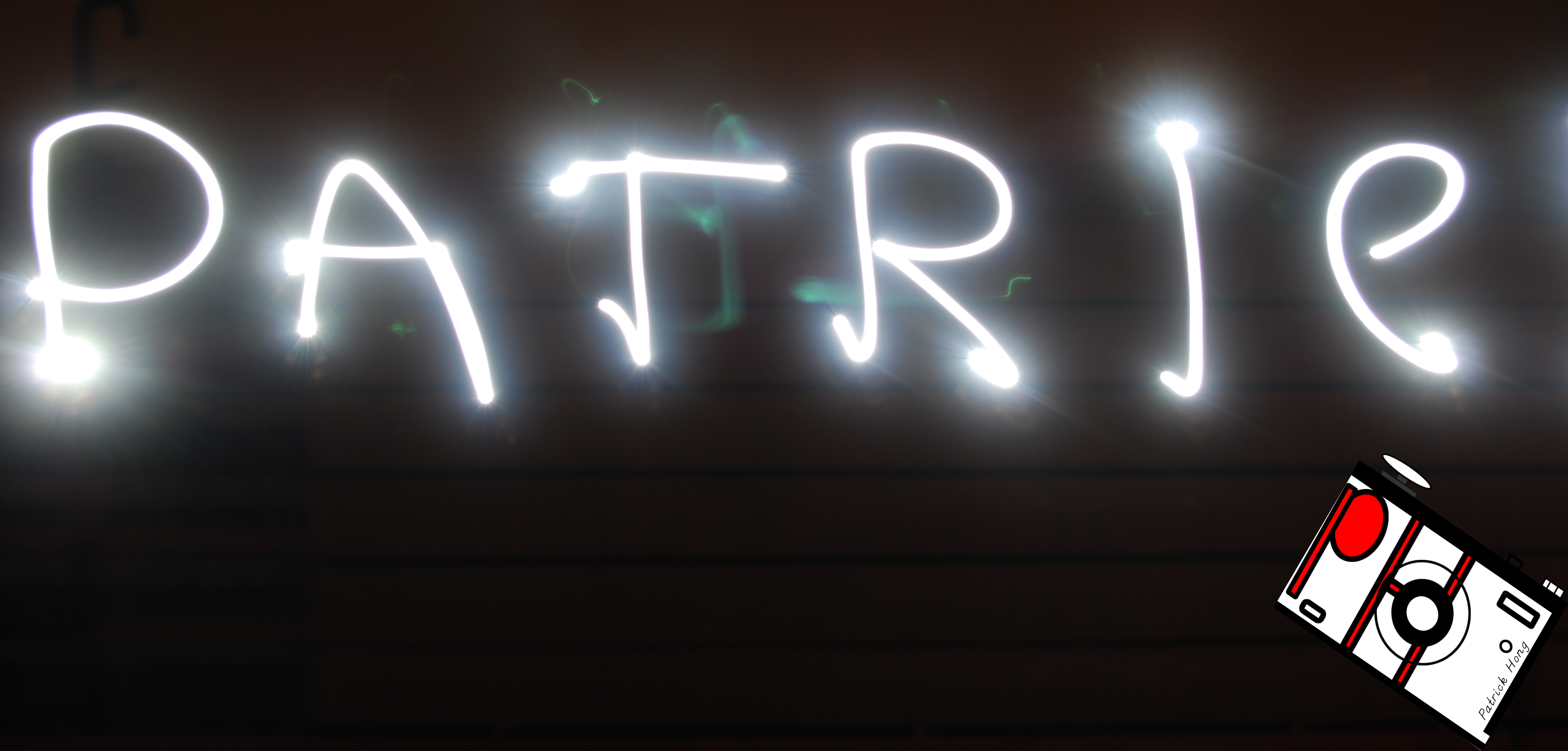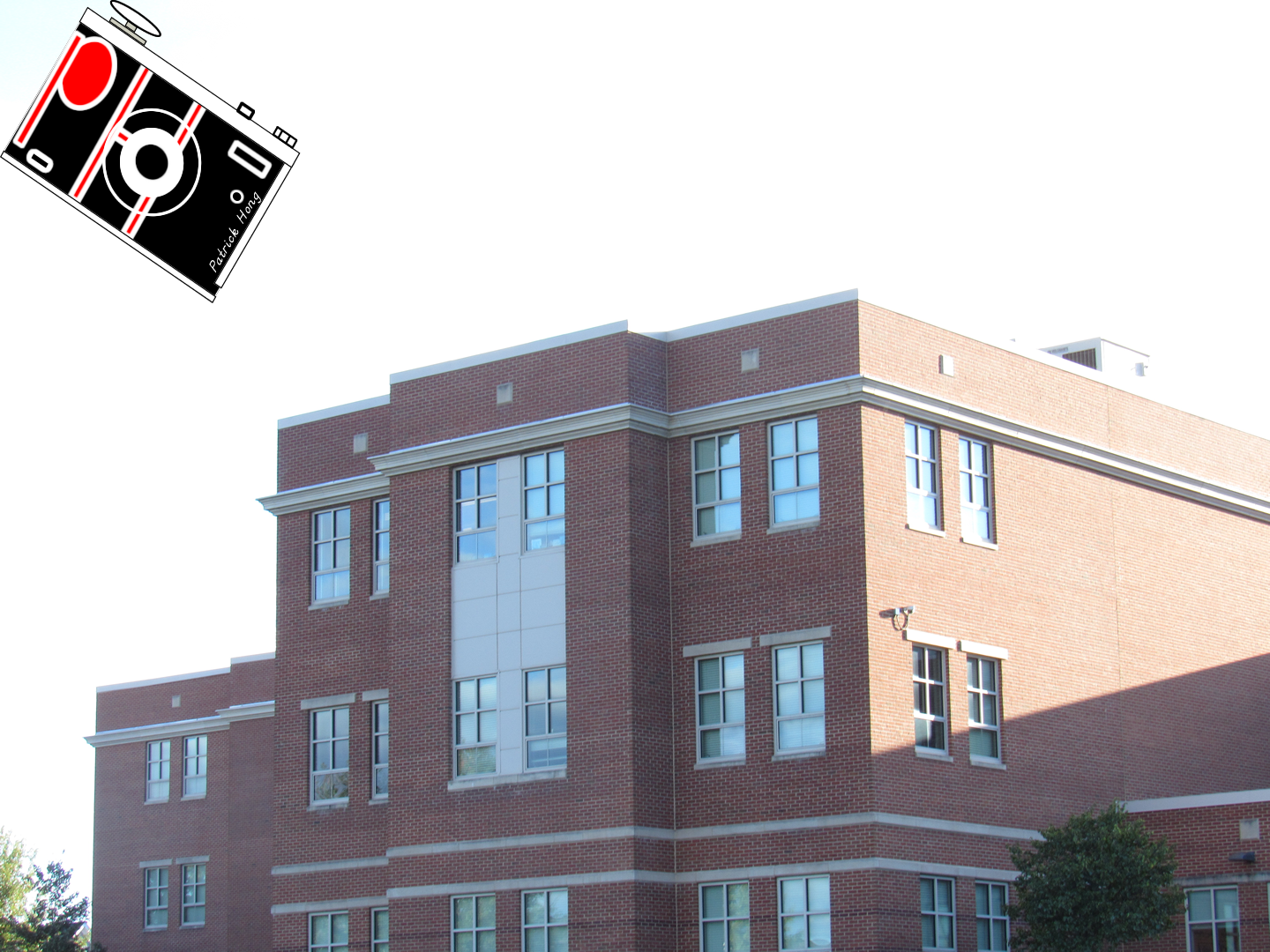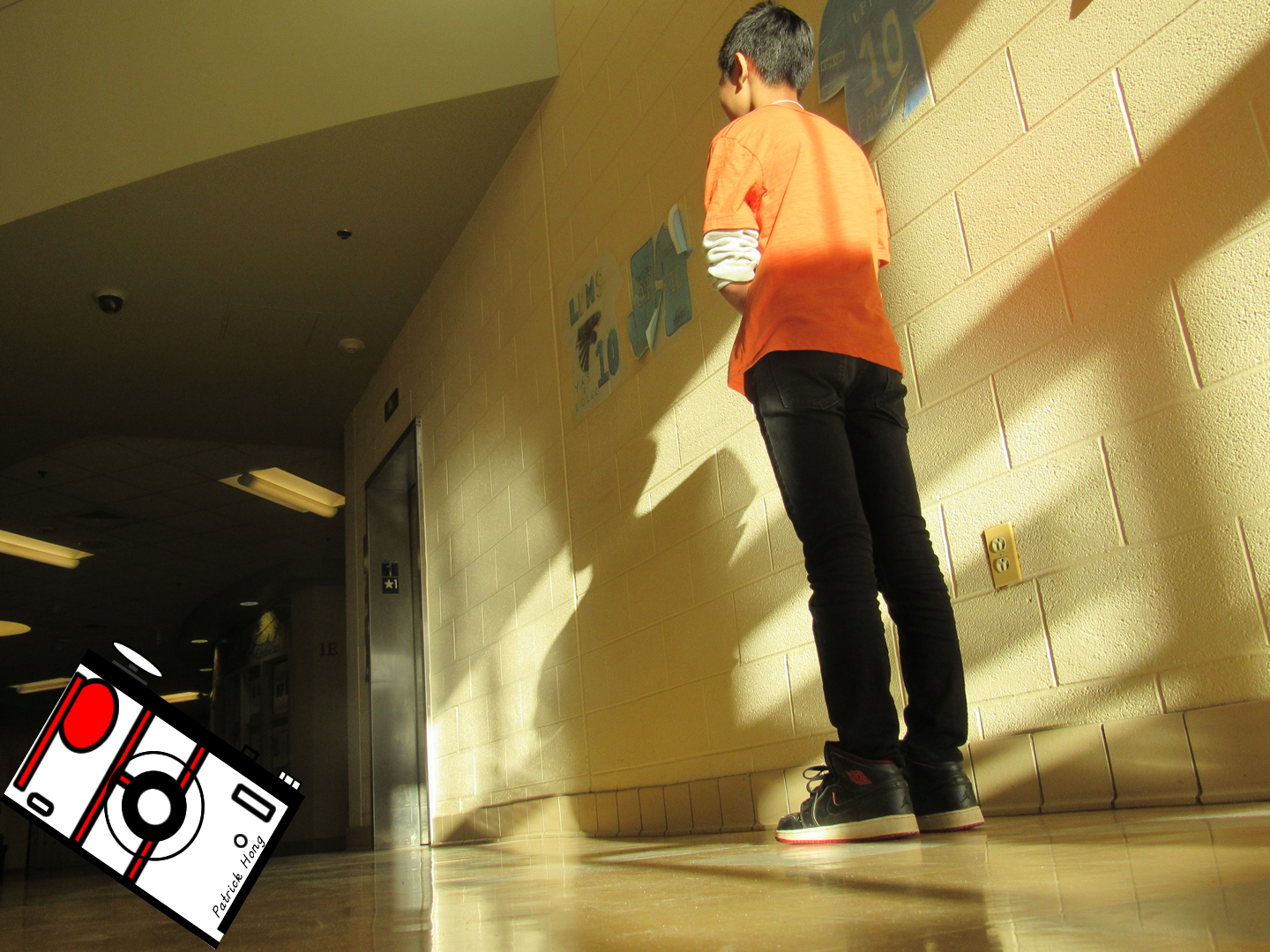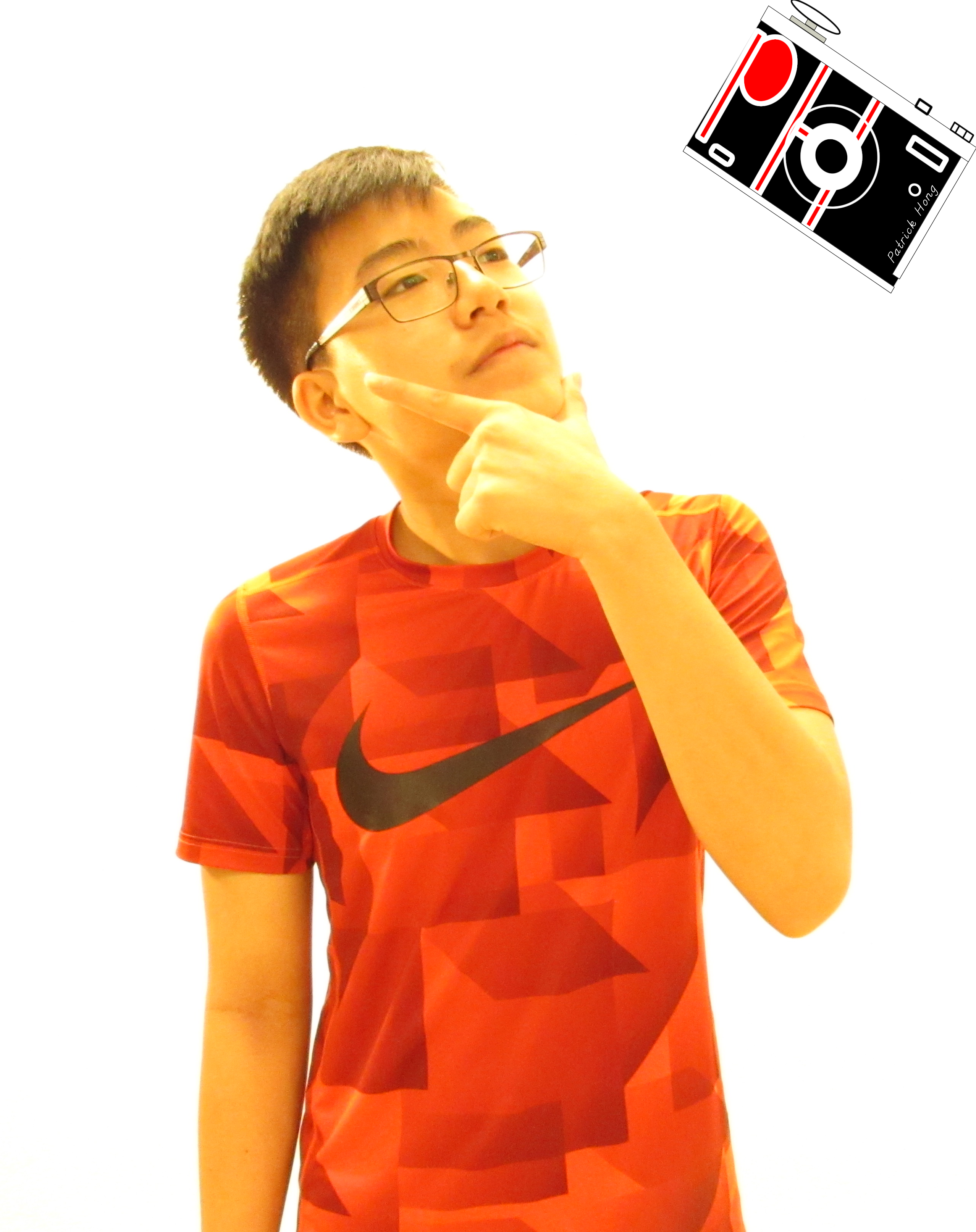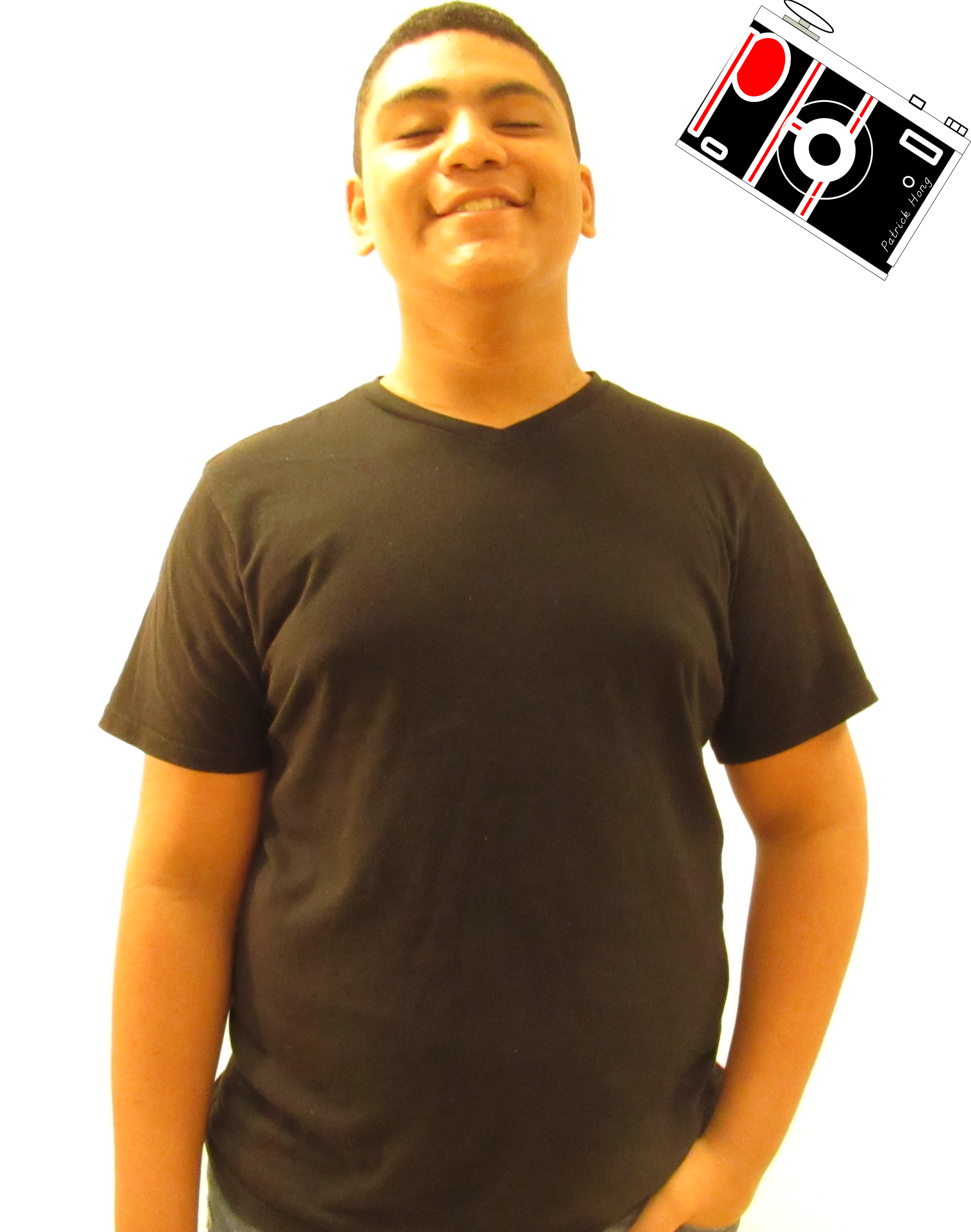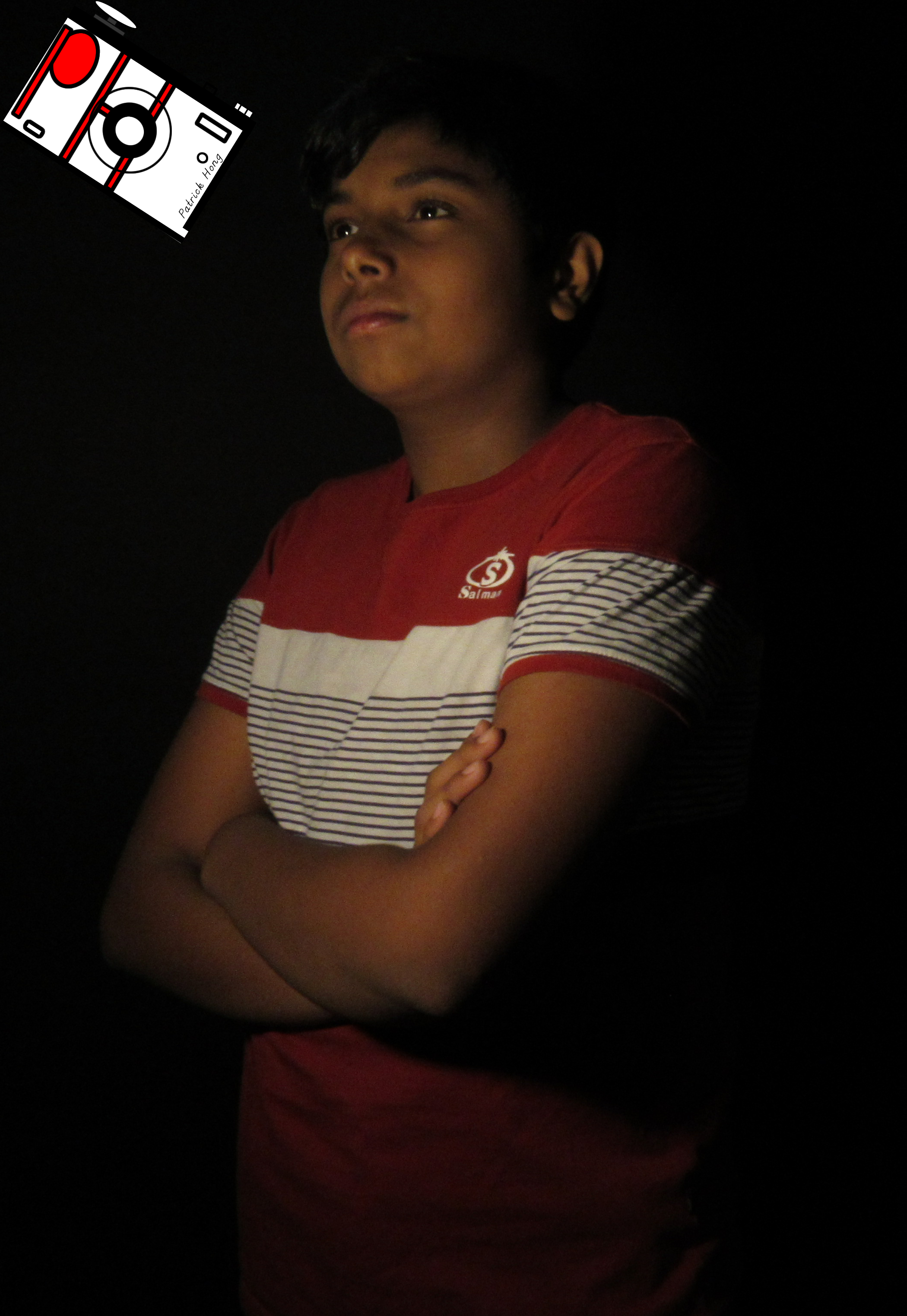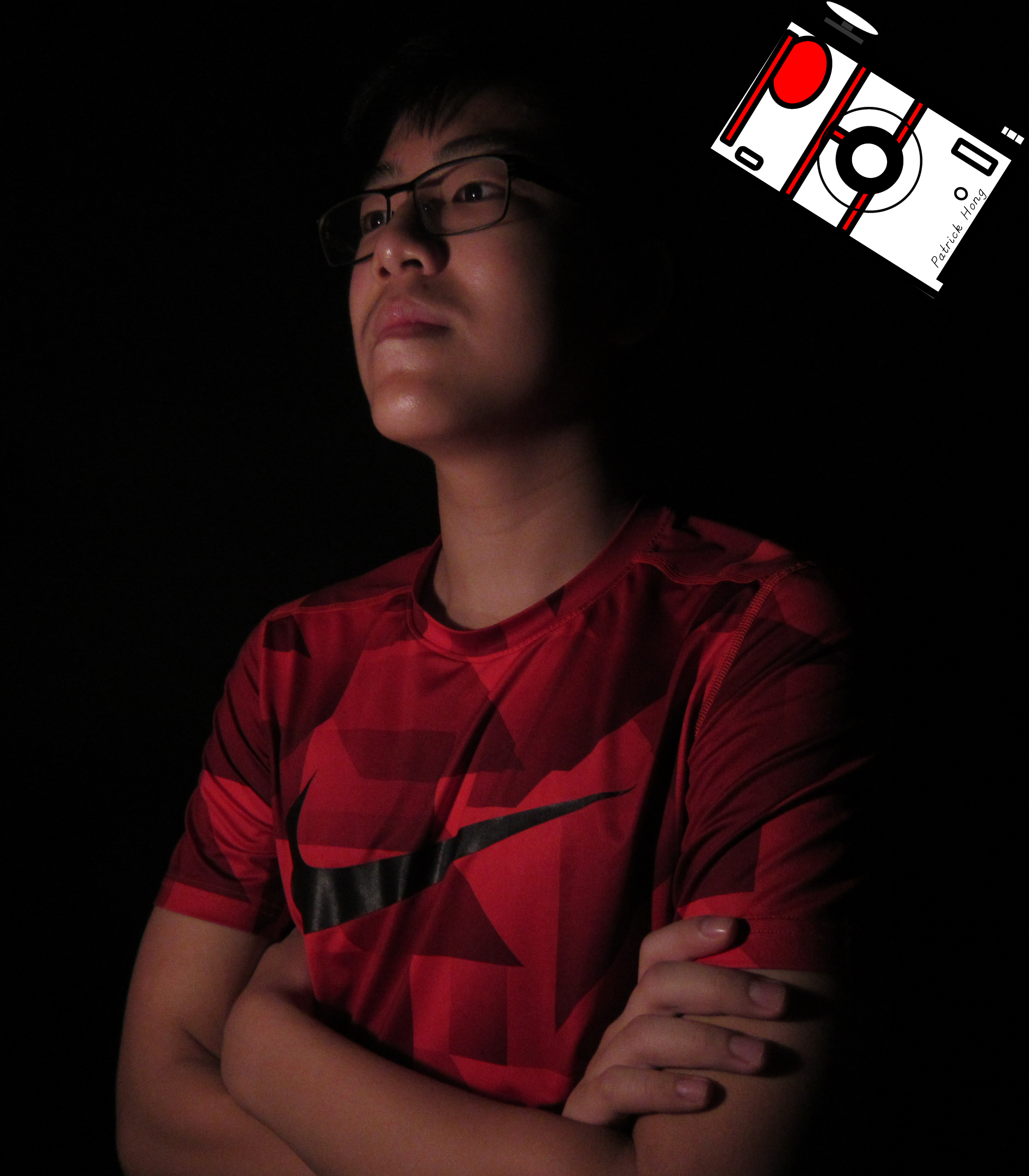Over the entire semester, I have learned many tips on how to take proper photos. Photography class was a very entertaining, yet hard-working class. My thoughts on photography have completely changed. I now view photography as a very intricate topic with many different viewpoints. I have also changed the way I take pictures. Using all the techniques we have learned, I now usually used Rule of Thirds and different angles in my pictures. My favorite project was light graffiti because it was very interesting to see how the pictures turned out after we drew them in the dark. The light graffiti still amazes me. Photography is a very interesting career, but I don’t believe I will become a photographer when I grow up. I may continue to take photography into high school, unless there are other options that interest me more (since I already took photography this year). It has been a pleasure being in this class for the first semester. My favorite photo is shown below.
